
How to Make a Hay Feeder. Hay is an essential food for many farm animals, particularly those raised in environments where winter takes away the pasture for a few months each year. While hay can be fed to animals on the ground, it can get trampled and ruined by animal manure and dirt. A hay feeder should keep hay off the ground, contain the hay so it doesn't fall on the ground and allow animals to pull from the bale freely. Homemade hay feeders often look like "cribs" for hay and can be made of wood, PVC pipe or any other building materials you have.
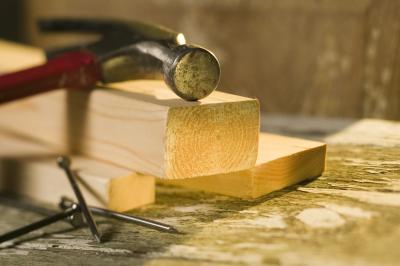
Decide how large you want your feeder to be. A standard square (actually a rectangle, but farmers call them squares) bale of hay will fit in a feeder that is 40 inches long by 22 inches wide by 18 inches deep.
Cut a piece of plywood to form the base of the feeder. Cut the plywood 40 inches long and 22 inches wide. Affix four 18-inch pieces of 2-by-4-inch lumber to the corners of your plywood and fit a rectangle using more 2-by-4-inch lumber around the top (joining all of the corners). Either nail these top rail pieces together so that all of the boards are vertical or so they are horizontal--it is really a matter of personal preference.
Nail slats of 1-by-2-inch lumber to the base and top boards between 7 and 10 inches apart, depending on the animal you are feeding. Figure out how far apart the slats will need to be for your specific animals to easily access the hay; this measurement will determine how many slats you need in your feeder.
Nail your feeder to your barn or stable wall or build legs for it out of more 2-by-4-inch lumber at a height you prefer for your animals. Attaching the legs at an angle, sawhorse style, will keep it from tipping over. Alternatively, some farmers have had success suspending feeders on chains or cables from the ceiling or a beam. This method keeps the feeder from being turned over.
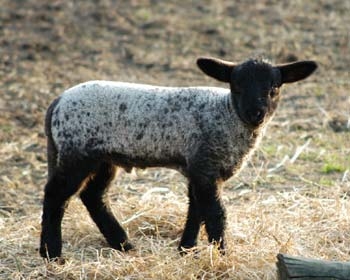 What to Feed Baby Lambs
What to Feed Baby Lambs
What to Feed B
What to Feed Baby Lambs
What to Feed Baby Lambs
What to Feed B
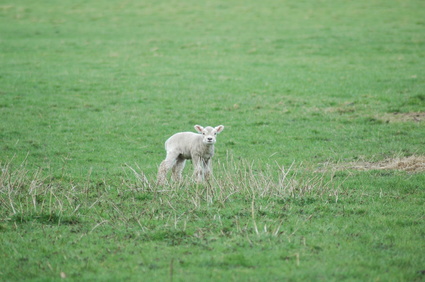 How to Wean an Orphan Sheep From a Milk Replacer
How to Wean an Orphan Sheep From a Milk Replac
How to Wean an Orphan Sheep From a Milk Replacer
How to Wean an Orphan Sheep From a Milk Replac
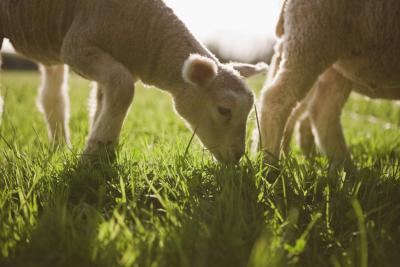 How to Make Sheep Feed
How to Make Sheep Feed
How to Make She
How to Make Sheep Feed
How to Make Sheep Feed
How to Make She
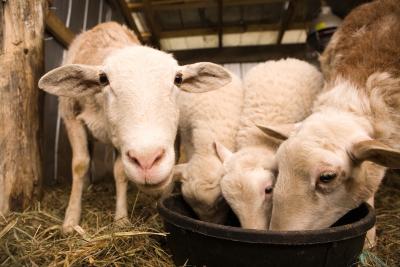 How to Build a Lamb Bar
How to Build a Lamb Bar
How to Build a
How to Build a Lamb Bar
How to Build a Lamb Bar
How to Build a
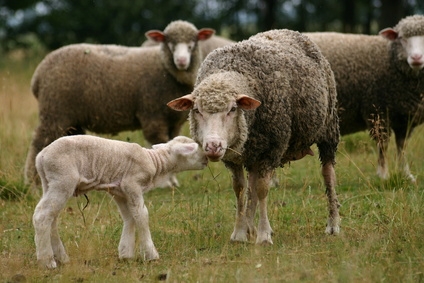 How to Bottle Feed Baby Lambs
How to Bottle Feed Baby Lambs
How to B
How to Bottle Feed Baby Lambs
How to Bottle Feed Baby Lambs
How to B
Copyright © 2005-2016 Pet Information All Rights Reserved
Contact us: www162date@outlook.com